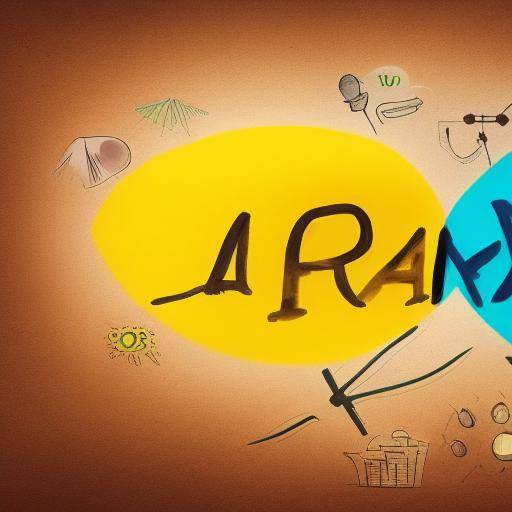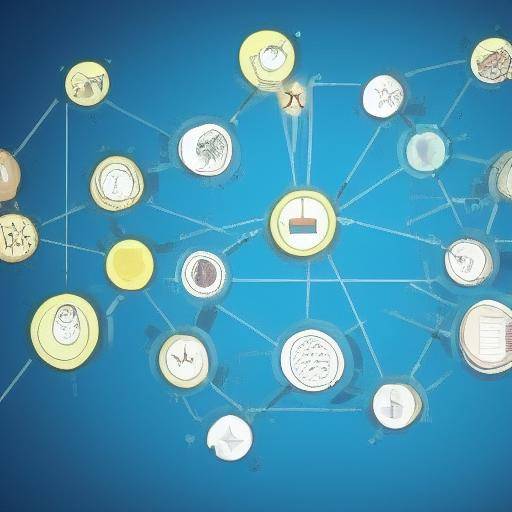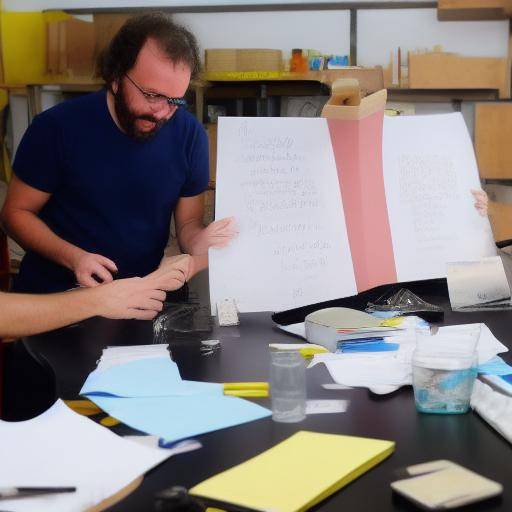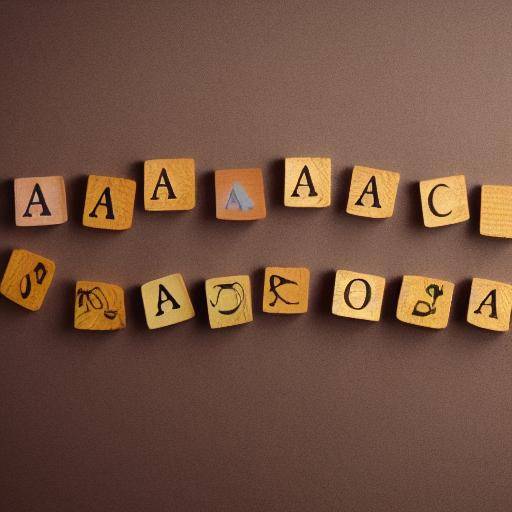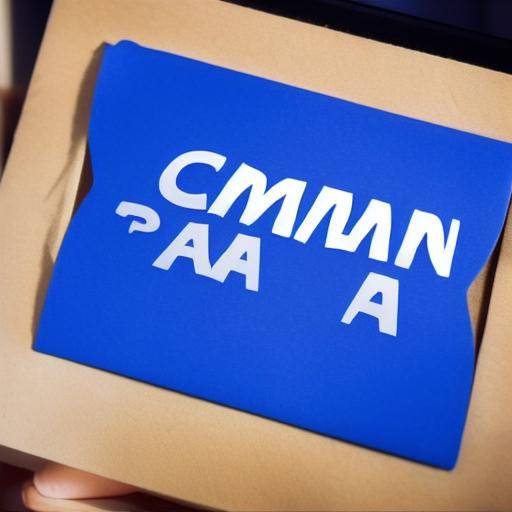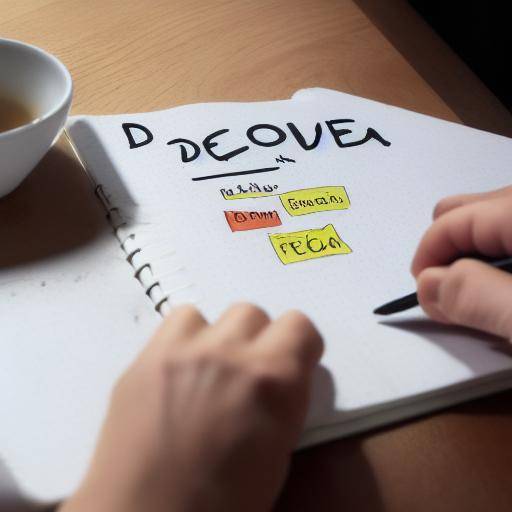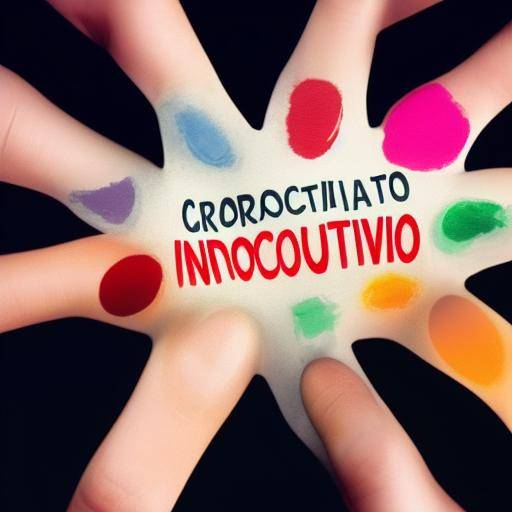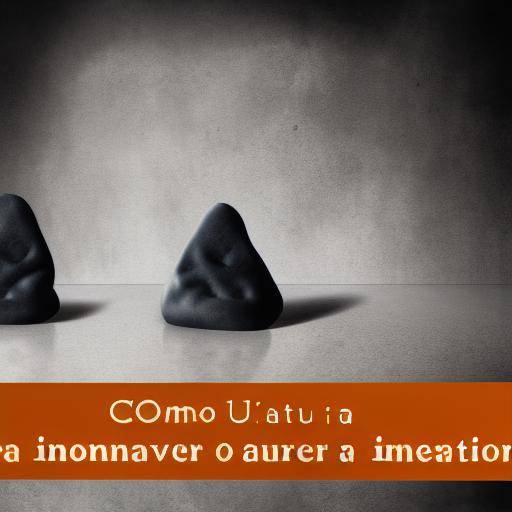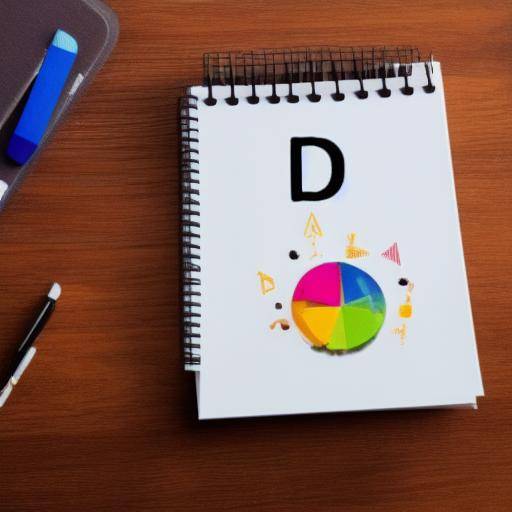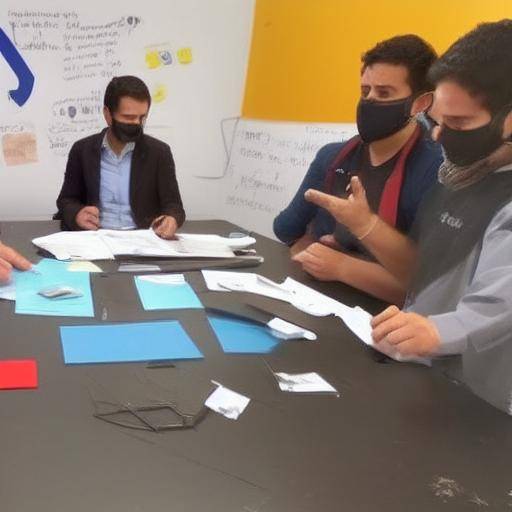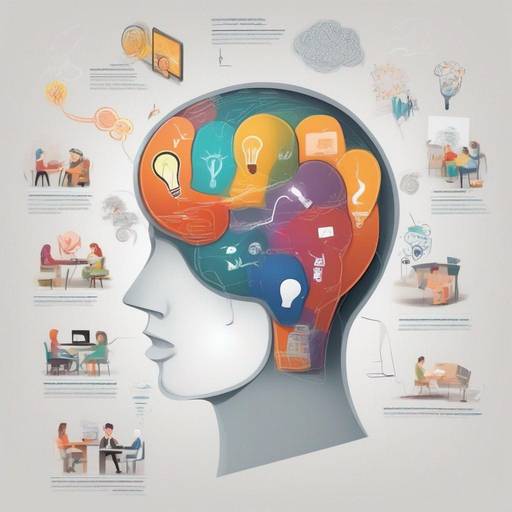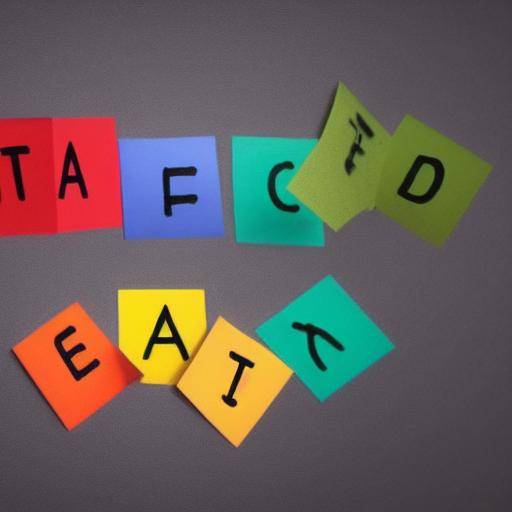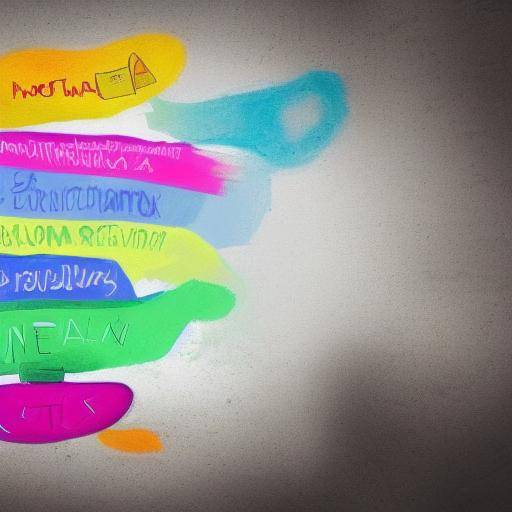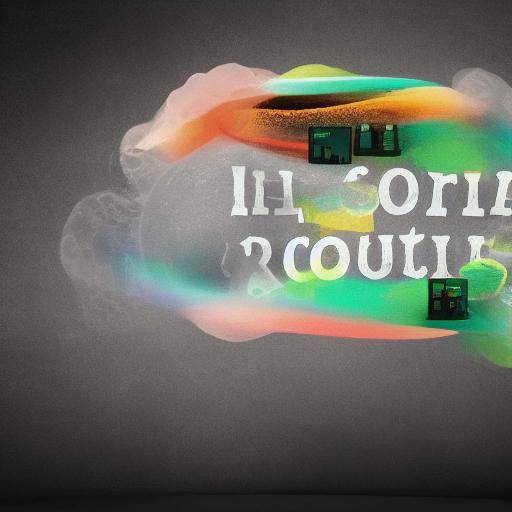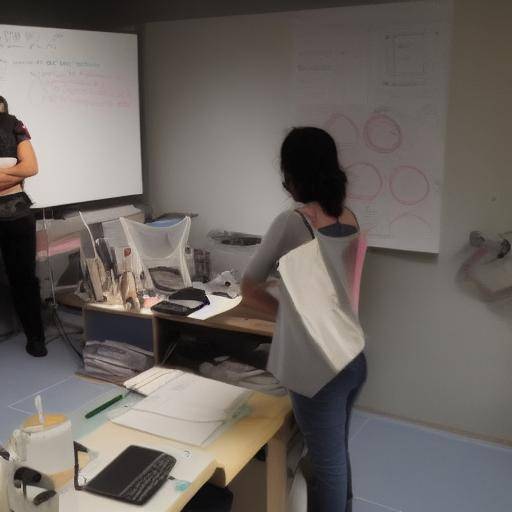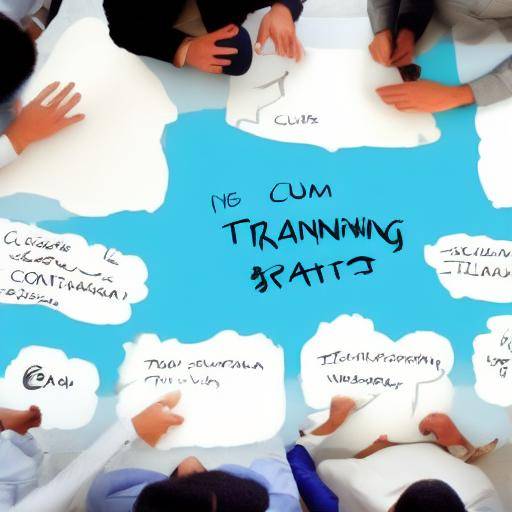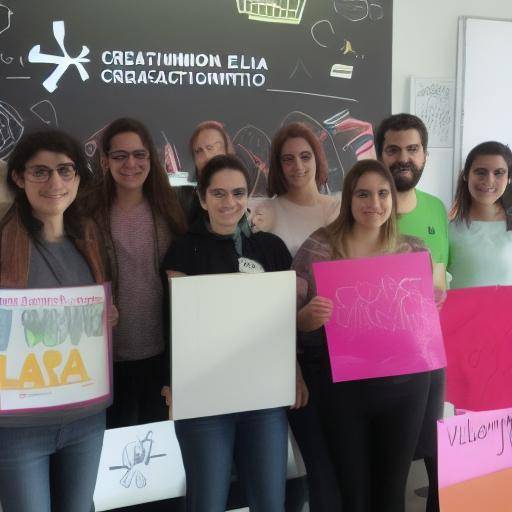
The creative process is fundamental in the working world, especially when it comes to generating innovative ideas in a teamwork environment. A technique that has gained relevance in the field of brainstorming is the brainwriting, which has the capacity to enhance collective creativity. In this article, we will explore in detail the brainwriting technique, its importance in the creativity process, and how you can improve teamwork.
Introduction
The brainwriting, a technique of generating ideas that is based on collaboration and the exchange of thoughts among the members of a team, has proved to be effective in stimulating creativity and fostering the equal participation of the members. Throughout this article, we will explore the historical evolution of the brainwriting, its impact on creativity and teamwork, as well as its practical application in different work scenarios.
The history and context of the brainwriting
The brainwriting dates back to the 1960s, when it was developed as an alternative to brainstorming. Over the years, this technique has evolved and has been adapted to various labor contexts, from emerging companies to globally established organizations. Its popularity is largely due to its ability to overcome the limitations of traditional brainstorming and to foster a more inclusive and equitable approach in the generation of ideas.
The brainwriting has experienced important milestones throughout its development, including the incorporation of new methodologies to optimize ideas-sharing processes. Moreover, their adoption in multidisciplinary environments has demonstrated their effectiveness not only in the generation of ideas, but also in the resolution of complex problems that require a collaborative approach.
In-depth analysis
The implementation of the brainwriting in the working environment entails a number of significant benefits, including the stimulation of the equal participation of all team members, the generation of a large number of ideas in a short period of time, and the reduction of the influence of factors such as the hierarchy or the dominant personality in the creative process.
In addition, the brainwriting presents challenges that must be addressed strategically to ensure their effectiveness. The effective management of time, the facilitation of an enabling environment for active participation and the promotion of diversity of perspectives are fundamental aspects to consider in the successful implementation of this technique.
The detailed analysis of practical experiences in different working environments reveals the effectiveness of brainwriting to enhance the creativity of the teams, promote greater sense of belonging and foster interdisciplinary collaboration. Statistics show that companies that integrate brainwriting into their creative processes experience a significant increase in the generation of innovative ideas and in the team's cohesion.
Comprehensive review
The successful implementation of the brainwriting requires a deep understanding of best practices and adaptation to the specific needs of each team. The combination of brainwriting sessions with other creative methodologies, such as design thinking or storyboarding, has proven to be effective in maximizing results in terms of innovation and solving complex problems.
Experts in the field of creativity and team management agree on the importance of incorporating brainwriting as an integral part of ideas generation processes. Its strategic application not only contributes to constant innovation, but also drives the motivation and commitment of employees to achieve common goals.
Comparative analysis
By comparing the brainwriting with other creative approaches, such as individual creativity and brainstorming, it is evidenced by its ability to enhance collaboration and diversity of perspectives in the process of generating ideas. While the brainstorming can be constrained by the influence of dominant personalities, the brainwriting promotes an equitable participation that enriches the acquis of ideas and stimulates collective creativity. In contrast to individual creativity, the brainwriting allows us to take advantage of the team's collective talent, generating synergies that lead to more innovative and complete solutions.
On the other hand, teamwork is benefited by the implementation of the brainwriting, as it promotes a collaborative environment in which each team member has the opportunity to contribute significantly. This dynamic strengthens the ties between the members, fostering mutual trust and the sense of belonging in addressing creative challenges.
The empowerment of teams through brainwriting allows us to overcome the obstacles inherent in individual creativity and brainstorming, while promoting a culture of innovation and excellence in teamwork.
Practical advice and recommendations
To effectively implement the brainwriting, it is essential to establish a clear working framework and establish rules that encourage the equal participation of all team members. The diversity of perspectives becomes valuable in this context, and it is recommended that inclusive approaches be adopted to promote the free expression of ideas.
Also, the combination of brainwriting with visualization techniques, such as the use of digital slates or tools, can enhance the generation and organization of ideas more efficiently. This visual approach facilitates collective understanding and reinforces the sense of cohesion within the team.
Industry perspectives and expert opinions
The business community is increasingly receptive to the implementation of brainwriting as a strategic tool to enhance creativity and teamwork. Experts on team management and creativity highlight the importance of fostering a climate of trust and collaboration that is underlined by the adoption of techniques such as brainwriting.
In addition, future projections aim to further integrate brainwriting into labor practices, with the backing of empirical evidence that sustains its effectiveness in generating innovative ideas and creative solutions.
Case studies and practical applications
The application of the brainwriting in different working contexts has generated significant results in terms of innovation and problem solving. Detailed case analysis shows how brainwriting has been instrumental in developing disruptive solutions, generating innovative trade strategies and optimizing internal processes.
The success of these practical applications has reaffirmed the potential of brainwriting as a fundamental resource in managing creativity and strengthening teamwork in diverse business environments.
Future trends and predictions
As innovation and solving complex problems become crucial priorities for companies in a highly competitive environment, brainwriting is expected to acquire even greater relevance. Future trends indicate greater adoption of this technique as a key strategy to boost collective creativity and teamwork.
Predictions point to an evolution of brainwriting by incorporating technological tools that expand its scope and efficiency. These innovations promise to further enrich the experience of collaboration and generation of ideas in the work teams.
Conclusions
The brainwriting, as an idea generation technique, offers a powerful alternative to traditional brainstorming by facilitating equitable participation and effective collaboration. Its positive impact on creativity and teamwork places it as an invaluable tool for organizations seeking to stimulate innovation and enhance the collective talent of their teams.
Through the detailed exploration of history, in-depth analysis and interdisciplinary perspective, this article has evidenced the strategic importance of brainwriting as a catalyst for creativity and collaboration. Its effective integration promises to forge a path to creative excellence and the strengthening of working teams in the current business landscape.
Questions
**How does brainwriting compare to brainstorming in terms of brainstorming?**The brainwriting and brainstorming are methodologies for the generation of ideas, but they differ in their approach. While brainstorming encourages open-group discussion, the brainwriting allows team members to generate ideas more individually and then share them. This can result in a greater amount and diversity of brainwriting ideas.
**What are the key benefits of brainwriting in the working environment?**Some of the key benefits of brainwriting include the equal participation of all team members, the efficient generation of ideas and the reduction of the influence of factors such as hierarchy in the creative process. In addition, the brainwriting promotes effective collaboration and strengthening of the team's cohesion.
**How can brainwriting stimulate creativity in multidisciplinary teams?**The brainwriting provides the opportunity for each member of the team to contribute their ideas individually, which allows us to exploit the diversity of perspectives in multidisciplinary teams. This variety of approaches and knowledge can generate more innovative and comprehensive creative solutions.
**How can you effectively implement the brainwriting in a company?**Effective implementation of the brainwriting requires establishing a clear framework of work, promoting diversity of perspectives and fostering an inclusive environment that encourages the free expression of ideas. Incorporating visualization tools and establishing rules for equitable participation are key strategies for successful implementation.
**What future projections are for the role of brainwriting in the workplace?**It is projected that the brainwriting acquires even greater relevance in the workplace, with an approach to the integration of technological tools that expand its scope and efficiency. It is expected that it will continue to be a key strategy to boost collective creativity and teamwork in diverse business environments.
**What is the difference between brainwriting and individual creativity?**Individual creativity focuses on the ideas and perspectives of a single person, while brainwriting allows multiple individuals to generate ideas individually and then share them with the team. The brainwriting promotes collective participation and enhances the generation of ideas through exchange among team members.
Conclusion: The brainwriting represents a valuable tool to enhance creativity and teamwork. Its positive impact on the generation of ideas and effective collaboration places it as an essential technique for organizations seeking to promote innovation and take advantage of the collective talent of their teams.



